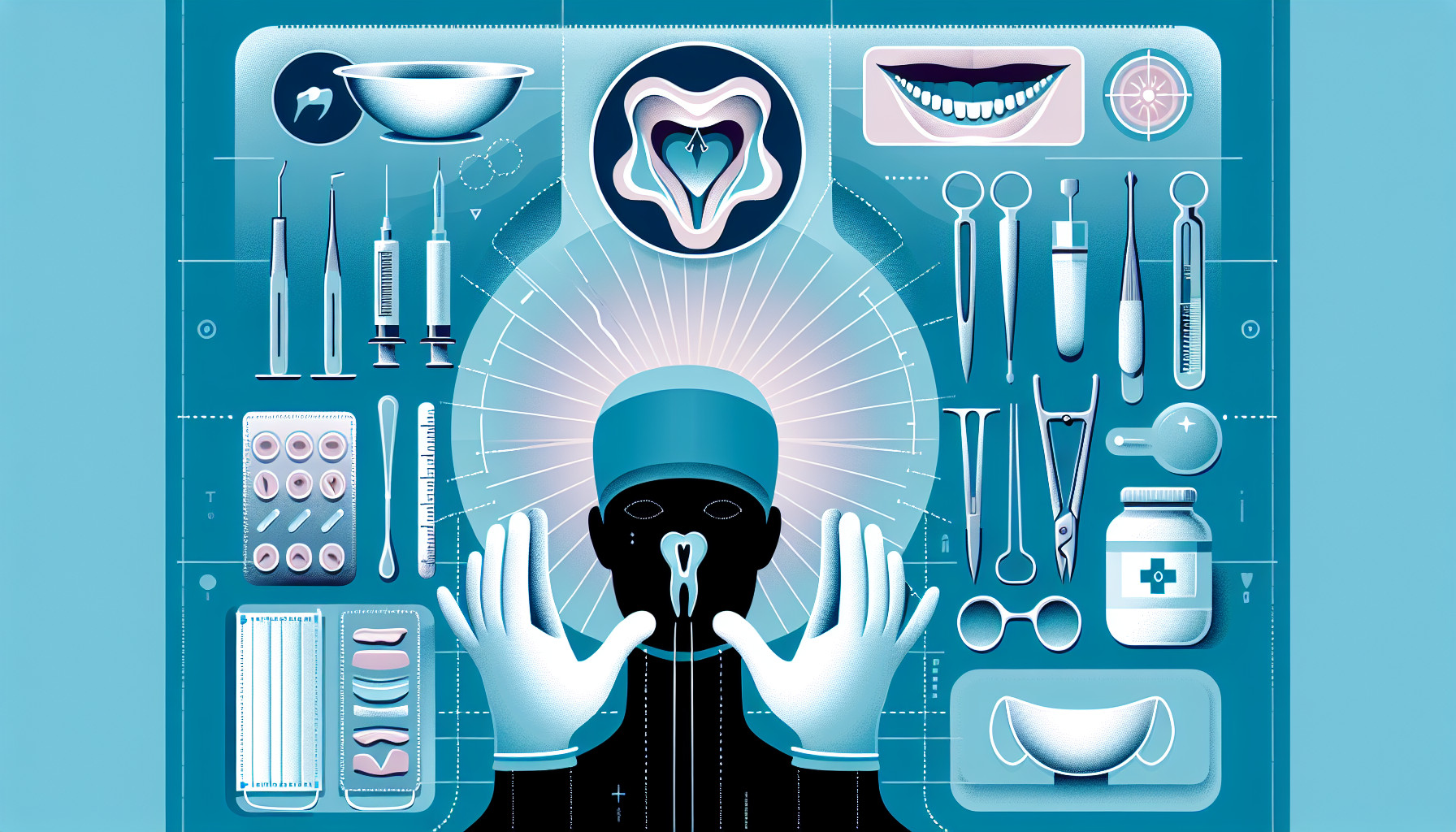Our Summary
This research paper is about a study that looked at the benefits of using nonlinear cutting guides during oral and facial surgeries. These tools can help surgeons perform more precise operations, protect important body structures, and improve how the patient looks after surgery. The study looked back at 7 patients who had surgeries done at Augusta University between July 1, 2020, and January 31, 2025, to check if there were any leftovers of the disease on the edges of the removed tissue. The study found none.
However, the use of these advanced guides requires careful thinking about where to cut, how to plan the surgery virtually, the limitations of how these guides are made, and the surgeon’s comfort level using them. The researchers believe it’s reasonable to consider using these tools more commonly within the next five years.
FAQs
- What are the benefits of using nonlinear cutting guides in oral and facial surgeries?
- What was the purpose of the study conducted on patients at Augusta University between July 2020 and January 2025?
- What are the considerations for using advanced nonlinear cutting guides in surgeries?
Doctor’s Tip
One helpful tip a doctor might tell a patient about oral surgery is to follow all pre-operative instructions carefully, including fasting before the procedure and abstaining from certain medications. It is also important to inform the surgeon about any medical conditions or medications you are taking to ensure a safe surgery and recovery process. Additionally, be sure to closely follow post-operative care instructions to promote healing and prevent complications.
Suitable For
Patients who may benefit from oral surgery include those with:
Impacted wisdom teeth: Wisdom teeth that do not have enough room to emerge properly can cause pain, infection, and damage to adjacent teeth. Oral surgery may be recommended to remove impacted wisdom teeth.
Tooth loss: Patients who have lost a tooth or multiple teeth may require oral surgery for dental implants or other restorative procedures.
Jaw misalignment: Patients with jaw misalignment, also known as malocclusion, may require oral surgery to correct the position of the jaw and improve bite function.
Temporomandibular joint (TMJ) disorders: Patients with TMJ disorders that cause pain and dysfunction in the jaw joint may benefit from oral surgery to alleviate symptoms.
Facial trauma: Patients who have suffered facial trauma, such as fractures or injuries to the jaw, may require oral surgery to repair the damage and restore function.
Oral pathology: Patients with oral lesions, tumors, or other abnormalities in the mouth may require oral surgery for diagnosis and treatment.
Sleep apnea: Patients with obstructive sleep apnea may benefit from oral surgery to remove excess tissue in the throat and improve breathing during sleep.
Overall, patients who have complex dental and facial conditions that cannot be effectively treated with conservative measures may be recommended for oral surgery. It is important for patients to consult with a qualified oral surgeon to determine the best treatment plan for their specific needs.
Timeline
Before oral surgery:
- Patient consults with oral surgeon to discuss treatment options and create a surgical plan
- Pre-operative instructions are given, including fasting before surgery and avoiding certain medications
- Anesthesia options are discussed and chosen
- Surgery date is scheduled and any necessary pre-operative tests are performed
During oral surgery:
- Patient arrives at the surgical facility and is prepared for surgery
- Anesthesia is administered
- Surgeon performs the planned procedure using cutting guides for precision
- Surgery typically lasts between 30 minutes to a few hours, depending on the complexity of the procedure
After oral surgery:
- Patient is monitored in a recovery room until they are stable
- Post-operative instructions are given, including pain management and wound care
- Follow-up appointments are scheduled to check on healing progress and remove any stitches
- Patient may experience swelling, bruising, and discomfort in the days following surgery
- Full recovery can take several weeks, during which time the patient should follow all post-operative instructions for optimal healing
Overall, the use of cutting guides during oral surgery can improve surgical outcomes and patient satisfaction, leading to faster recovery times and better aesthetic results. With careful planning and execution, these tools can enhance the overall surgical experience for both patients and surgeons.
What to Ask Your Doctor
Some questions a patient should ask their doctor about oral surgery involving the use of nonlinear cutting guides include:
- What are the benefits of using nonlinear cutting guides in my specific oral surgery procedure?
- How will the use of nonlinear cutting guides affect the precision and outcome of my surgery?
- Are there any potential risks or limitations associated with using nonlinear cutting guides during my surgery?
- How will the use of nonlinear cutting guides impact my recovery time and post-operative care?
- Can you explain how the surgical plan is created virtually using these guides and how it will be implemented during the procedure?
- What is your experience and comfort level with using nonlinear cutting guides in oral surgery?
- Are there any alternative treatment options or surgical techniques that do not involve the use of nonlinear cutting guides?
- How will the use of nonlinear cutting guides affect the cost of my surgery and are there any insurance considerations to be aware of?
- Can you provide any additional information or resources for me to learn more about the use of nonlinear cutting guides in oral surgery?
Reference
Authors: Newman MF, Mooneyham R, Fawaz M. Journal: J Oral Maxillofac Surg. 2025 Aug;83(8):1032-1039. doi: 10.1016/j.joms.2025.04.023. Epub 2025 May 2. PMID: 40388984
